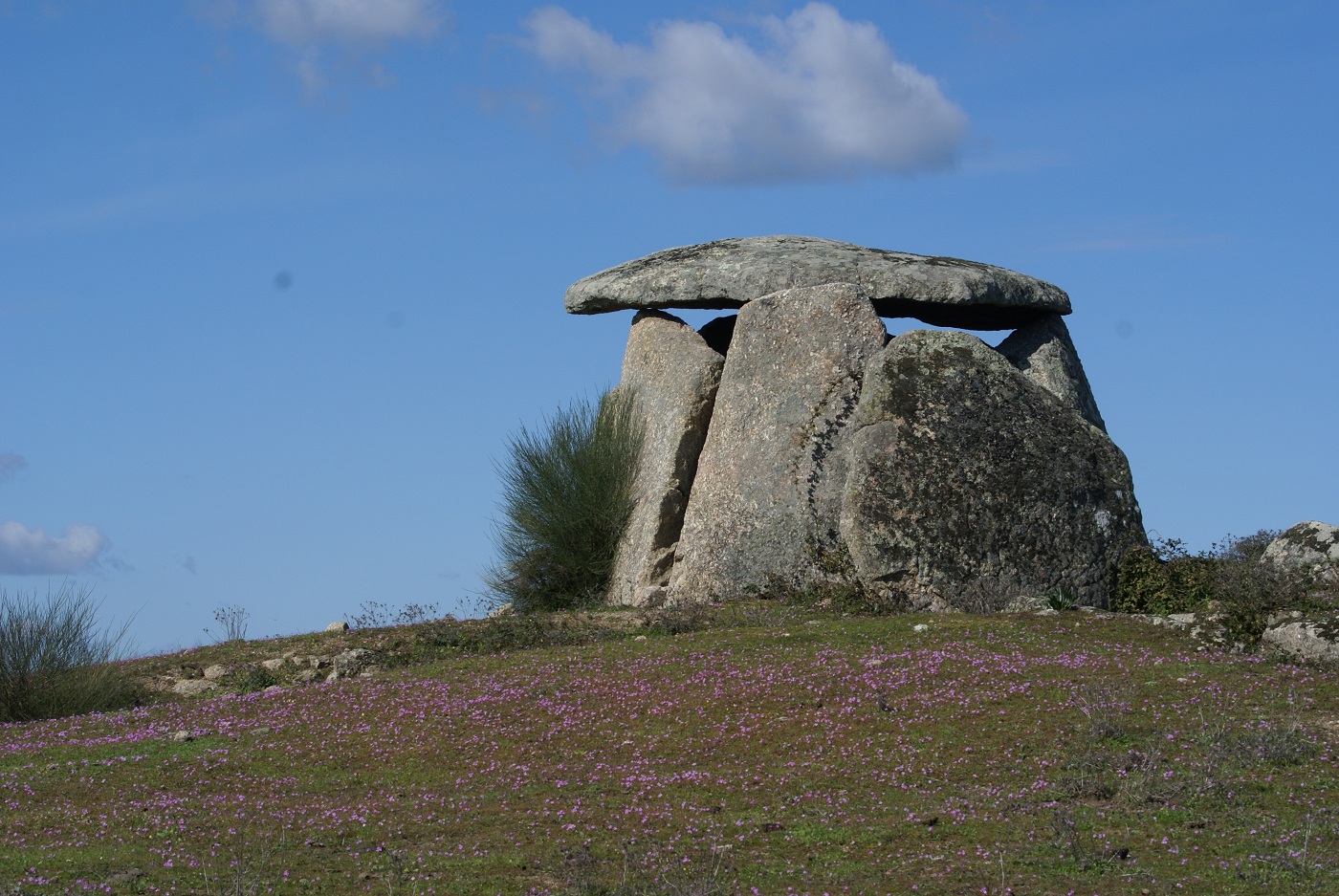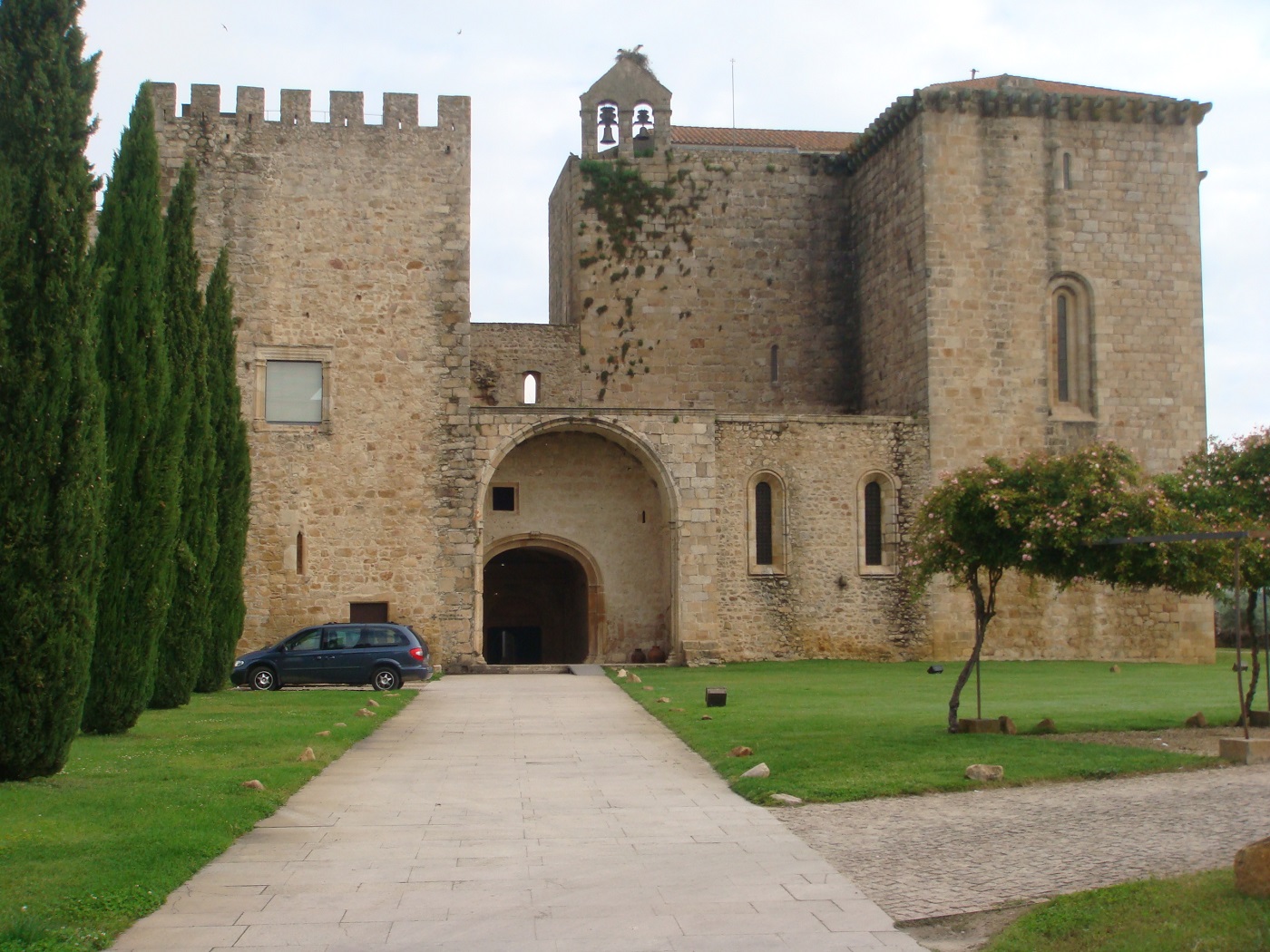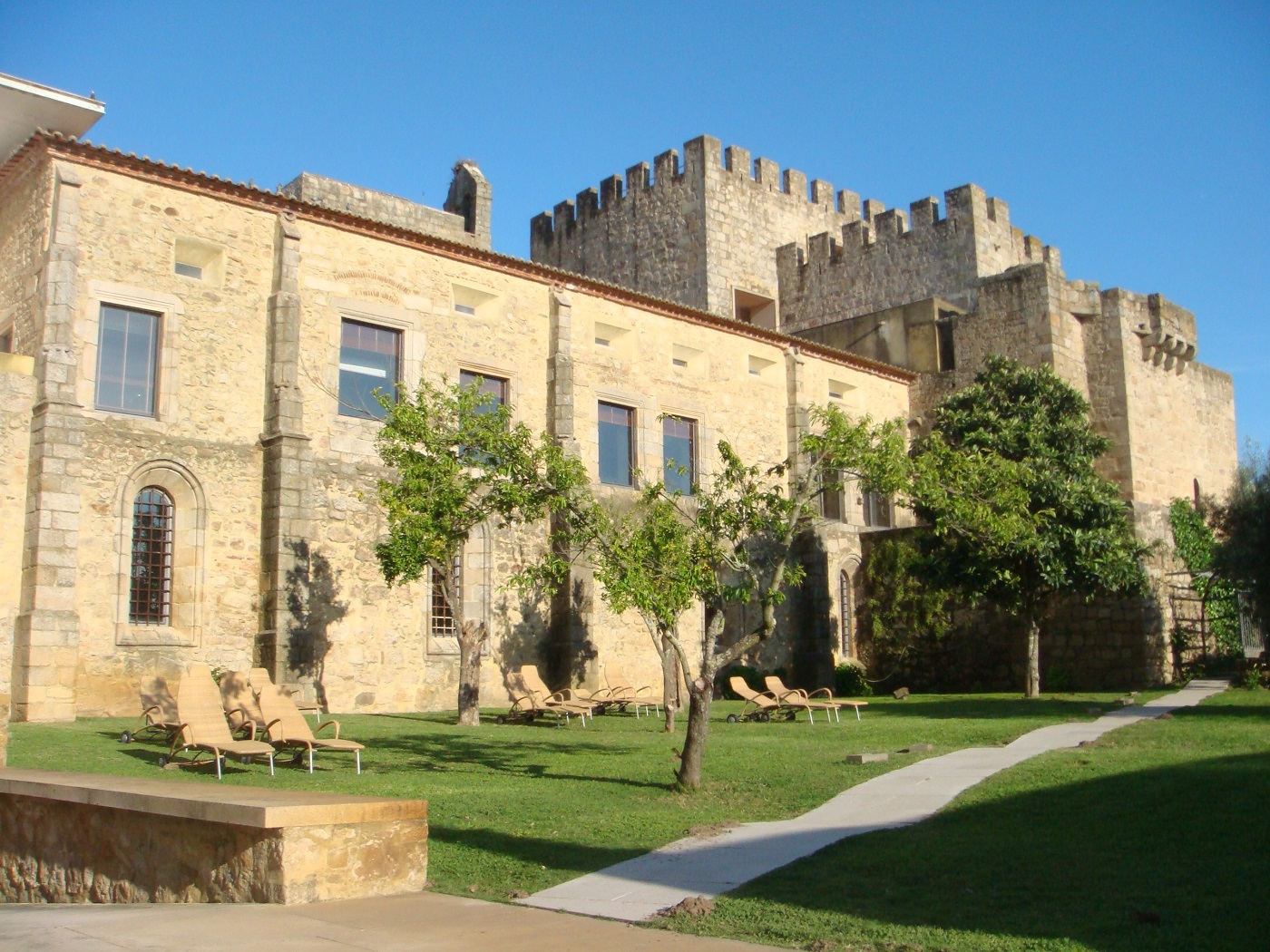Eventos
História do Crato
 Em 1048, mercadores napolitanos de Analfi alargavam o serviço de apoio a peregrinos, fundando, na cidade de Jerusalém, o hospital de S. João Baptista. A congregação que dirigia o hospital acabou por se transformar numa Ordem, a de S. João de Jerusalém ou do Hospital, com autonomia e regra própria.Posteriormente, acrescenta-lhe uma função de protecção militar. Assim, e à semelhança do que acontecia com outras Ordens militares, os freires da Ordem do Hospital dividiam o seu trabalho entre a acção benemérita directa e a acção guerreira cavaleiresca.
Em 1048, mercadores napolitanos de Analfi alargavam o serviço de apoio a peregrinos, fundando, na cidade de Jerusalém, o hospital de S. João Baptista. A congregação que dirigia o hospital acabou por se transformar numa Ordem, a de S. João de Jerusalém ou do Hospital, com autonomia e regra própria.Posteriormente, acrescenta-lhe uma função de protecção militar. Assim, e à semelhança do que acontecia com outras Ordens militares, os freires da Ordem do Hospital dividiam o seu trabalho entre a acção benemérita directa e a acção guerreira cavaleiresca.
Com todo o prestígio adquirido e já com casas espalhadas por toda a Europa, esta Ordem organizou-se segundo Línguas e Nações. A saber: da Provença, da França ou de Paris, de Auverne da Itália, da Alemanha, de Aragão e de Castela e Portugal. Cada uma delas subdividia-se, por sua vez, em Priorados de que dependiam as Comendas. Internamente, os freires agrupavam-se, segundo a sua categoria, em: cavaleiros, serventes e capelães. De hábito e manto negros apresentavam uma cruz branca sobre o ombro e sobre o peito.Em Portugal, a chegada dos cavaleiros hospitalários deve ter-se dado entre 1114 e 1132. Segundo documentação coeva, foi D. Teresa, viúva do conde D.Henrique, quem terá feito a doação das terras de Leça onde a Ordem virá a levantar a sua primeira casa, o Mosteiro-fortaleza de Leça do Bailio.
À semelhança do papel desempenhado pelas outras Ordens militares, os frades guerreiros do Hospital vão distinguir-se na luta pela recuperação dos territórios ocupados pelos muçulmanos. Assim, e à medida que a Reconquista avança, a Ordem de S. João de Jerusalém vê os seus domínios estenderem-se para Sul, sendo que D. Afonso Henriques lhes acrescenta a igreja de S. João do Alporão de Santarém e a igreja e a comendadoria de S. Brás em Lisboa. No reinado seguinte, são-lhes entregues os castelos de Cernache do Bonjardim e o da Sertã, assim como uma larga fatia terras, junto ao Tejo, onde os cavaleiros irão erguer o castelo de Belver.
Para aqui será transferida a administração e o governo da Ordem e, nos reinados seguintes, as doações sucedem-se um pouco por todo o país, não só para Sul, como também para a zona de Trás-os-Montes e Beiras.


O apoio dado pelo Priorado do Crato, durante a crise de 1383-1385, ao partido de D. Beatriz, veio pôr em causa o poder e o prestígio angariados pelos cavaleiros hospitalários, ao longo das lutas da Reconquista. Com a ascensão de D. João I, a Ordem é “esquecida” e só voltará a ser reabilitada com D. Afonso V, em reconhecimento pelo apoio dado a sua mãe durante a regência de seu tio, o infante D. Pedro.Com a política de centralização de D. Manuel, a Ordem elege o seu último Prior independente da coroa, D. Manuel de Noronha da Câmara. No reinado seguinte será o rei o responsável pela atribuição deste cargo, entregando-o a seu irmão, o infante D, Luís. Esta situação vai manter-se até 1789, altura em que a rainha D. Maria I consegue do papa Pio VI a Bula “Expedit Quam Maximc” que separa definitivamente o Priorado do Crato da Ordem Internadonal. Com esta medida transferem-se as prerrogativas espirituais para a Santa Sé e os bens terrenos para a Casa do Infantado, senhorio instituído por D. João IV, para os filhos segundos dos monarcas portugueses.
